As much as network technologists might prefer a single network that does everything well, that almost never is the case in metro area communications, and remains true for internet of things networks as well.


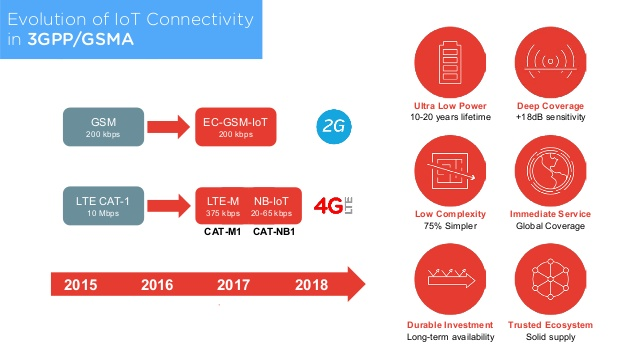

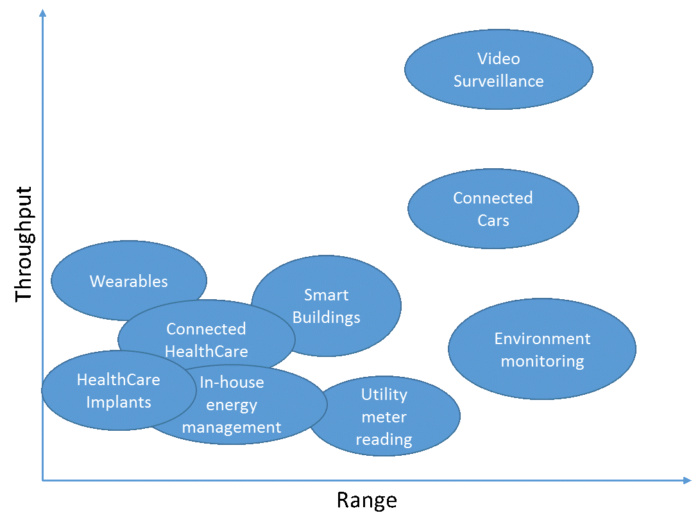

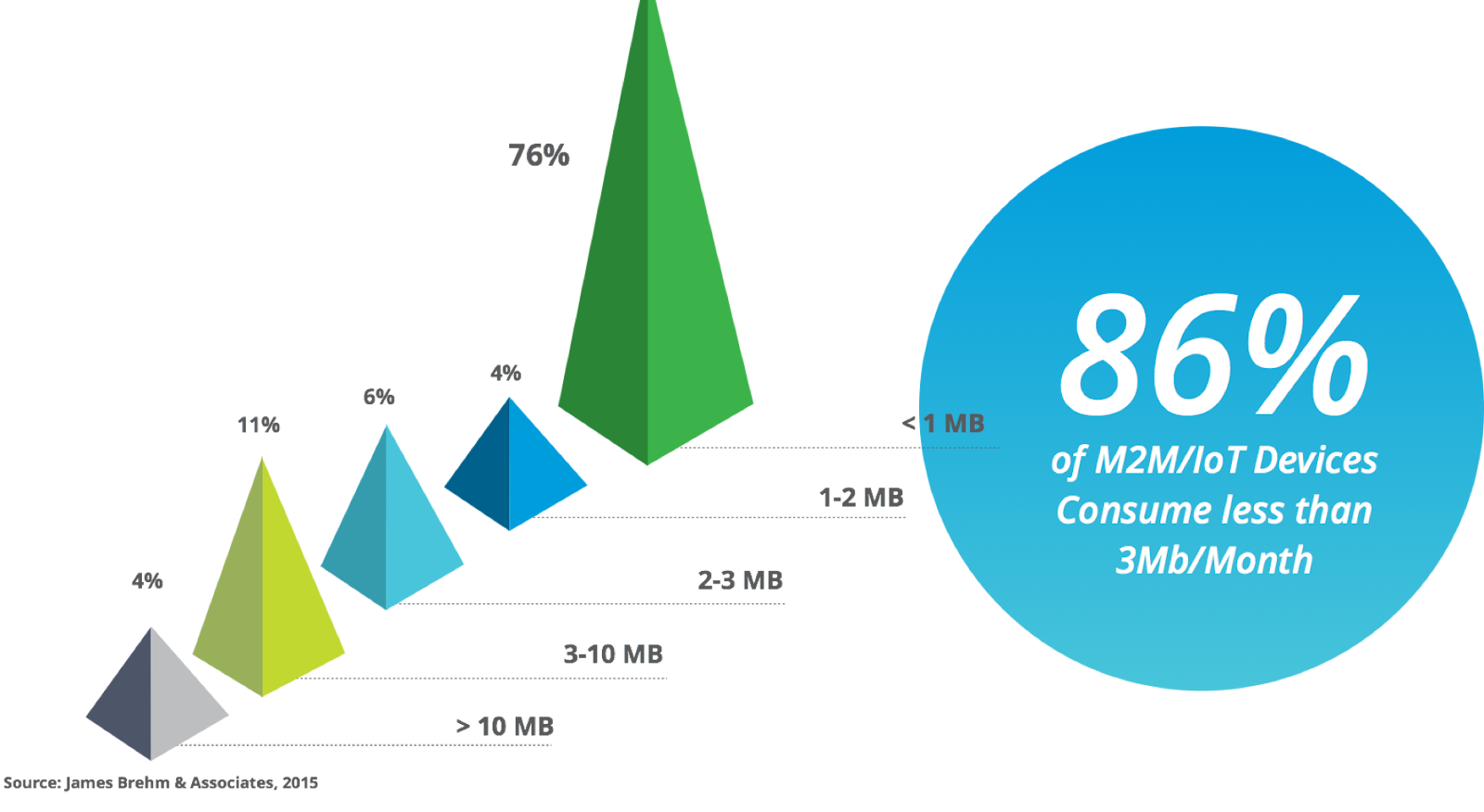
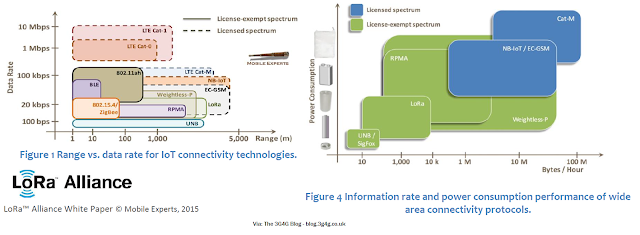
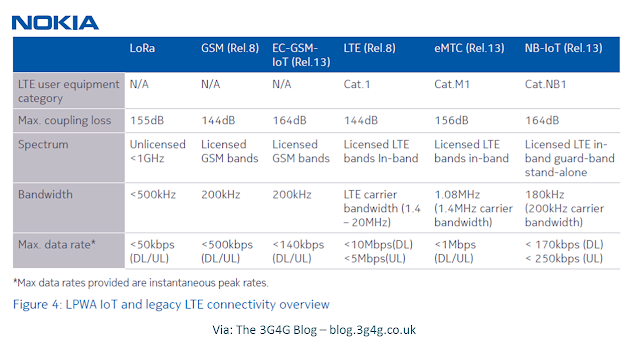
The number of potential metro platforms is somewhat bewildering, and includes a number of proprietary (Sigfox and others) and some more-open or standards-based alternatives. We might not be able to say with any certainty which platforms will ultimately “win,” based on market share.
To be sure, sensor applications (machine to machine) have been in place for decades, mostly using the 2G network. And many expect that several local area technologies (Wi-Fi, others) will be used inside buildings to support IoT applications and devices.
But many believe the key “race” is between LoRaWAN providers and mobile suppliers using NB-IoT and LTE-M, in the metro area portion of the market.
In terms of mobility, LoRaWAN and LTE-M work better. NB-IoT really is designed for stationary apps. LoRaWAN and NB-IoT are better in terms of sensor or device battery life than LTE-M.
But LTE-M has a clear advantage in terms of bandwidth. LoRaWAN is optimized for applications where messages are sent infrequently.
NB-IoT and LoRaWAN have better link budgets than LTE-M, though, suggesting either NB-IoT or LoRaWAN could have coverage advantages, depending on the amount of interference present on the unlicensed spectrum used by any particular LoRaWAN network, at any particular time and space.
It is hard to say how costs and use cases might change. If the mobile industry gets its way, LTE-based solutions might well rival LoRaWAN and other solutions in terms of battery life, coverage and other performance attributes, while covering a fuller range of use cases (bandwidth, signaling frequency, mobility).
But those are wider area or mobility use cases. Many IoT apps might only require short-range access (Wi-Fi and others) to reach the access, and then the backbone networks.

No comments:
Post a Comment